Knife Sharpening
The Best Pocket Knife Sharpener: Staying Sharp In The Field
05.04.2016
When you are out in the field, whether it be camping, hiking, on a military exercise, or some other outing that removes you from the convenience of civilization, keeping your knives sharp is a daily requirement. With repeated use they quickly dull and need to be maintained. Most likely you will not have access to a shop with tools and all manner of sharpening stones, fixed angle sharpeners, paper wheels, etc. Fortunately there are many field expedient sharpening systems you can take with you or even find when you are out and away. In this article I will list and compare several options for you.
Types Of Pocket Knife Sharpeners
There are several commercially available portable/pocket sharpeners available to the adventurer today. We are spoiled for choice. Common types include the Smith’s Pocket Pal, Lansky Blade Medic, SOG firesteel/sharpener accessory, small sharpening stones, pocket diamond rod/ceramic rod, and pocket diamond plates. There are also field fabricated options such as the bottom of a coffee mug or a hard flat stone. There are even field useable stropping devices such as a leather belt or piece of cardboard. Let’s take a closer look at all these ways to keep knives sharp in the field.
The Best Pocket Knife Sharpeners: What Are The Options?
1. Smith’s Pocket Pal vs Lansky Blade Medic
The first commercially available pocket sharpeners we will discuss are the Smith’s Pocket Pal and the Lansky Blade Medic. These are both very similar to each other in construction and function. They have a set of opposed carbide teeth, a set of opposed ceramic teeth, and a tapered folding diamond rod. They are sturdy and the teeth can be removed and flipped to prolong the life of the sharpener. The diamond rod also unscrews. One would think these parts would be replaceable if not for the fact the sharpeners themselves are fairly inexpensive. They usually run in the $10 to $15 range.

The opposed carbide and ceramic teeth are pull through type sharpeners that have a fixed angle. You cannot change the angle they are set at. They are great for setting a new edge on a very dull blade however I would avoid using them if you want to maintain an already beveled edge. That is where the tapered diamond rod comes into play. It is perfect for field touch ups. It can also be used to touch up serrations.

The Lansky Blade Medic includes an additional ceramic serrated sharpener which is useful if you need to completely re-sharpen serrations on a knife. If you need to use this make sure it either fits the style of serrations to your knife or be sure you can use it combined with the diamond rod to achieve the same goal.
The Smith’s also has an alternate version called the Pocket Pal II. This iteration includes a flashlight, compass, firesteel, and whistle. From personal experience, the flashlight is not very bright and the whistle isn’t very loud. However the firesteel works well, especially when pulled through the carbide teeth. It is a standard size small firesteel and can be replaced. The compass is a standard button compass.
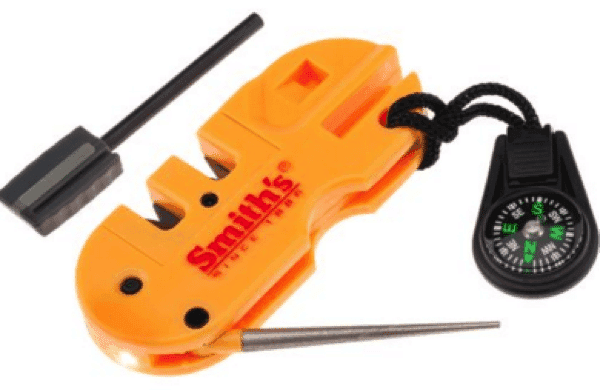
While these are very good options for a field sharpener they will take up space in the pocket. They are each slightly larger than a full size Zippo lighter. If space in your pocket is a premium and you cannot store one of these somewhere else on your person on in a pack you may want to consider other options.
2. SOG Ceramic Sharpener and Fire Starter

Next is the SOG firesteel/sharpener accessory. It has a small black plastic handle with a ceramic rod, diamond plate, and s small ferro rod attached.
The ferro rod creates decent sparks however it will wear down quickly. The ceramic rod and diamond plate are great for minor touch ups. The ceramic rod also works well for serrations.
The glue that holds the pieces onto the plastic handle is not that strong. I happened to drop mine on a frigid 17 degree morning. As soon as it hit the pavement the diamond plate and the ferro rod fell out. I used Plumber’s Goop to re-adhere them and they have been strong ever since. It takes up relatively little pocket room as it slips onto a keychain. Alternatively, it could be cut down shorter and have a new lanyard hole drilled. However that lessens purchase area during use.
3. Small Sharpening Stones And The Lansky Puck
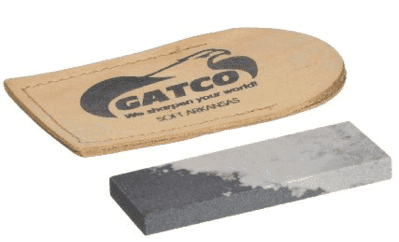
Historically one of the most common field sharpeners is in fact a small sharpening stone. Many hunting knives come with one. They can also be purchased separately. They are easily attached to a knife sheath or placed in a pocket. Small carborundum stones and small Arkansas stones are the most common. They come in varying grits and sizes. Most pocket sized ones are at or under 3 inches long. They are convenient, have no moving parts, and can be used freehand to maintain an edge.
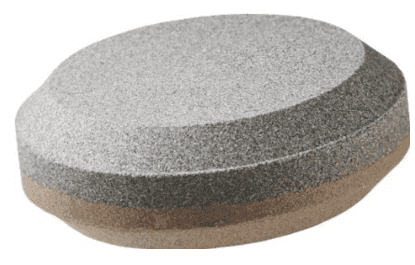
The Lansky Puck is also a popular choice. Though, it is a bit heavier than many people want to carry.
4. Pocket Diamond/Ceramic Rods
Yet another commercial option would be a pocket diamond or pocket ceramic rod. These are very convenient, portable, and are great for maintaining an edge, even serrations.
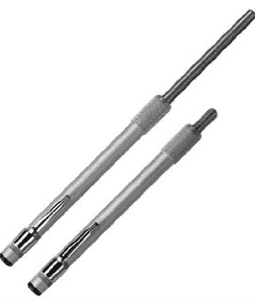
I know of many people who only take a pocket sharpening rod with them into the field as their edge maintaining tool. Their knives stay plenty sharp. However these are only touch up tools.
You would be hard pressed to bring back a severely dull edge with one of these as it would take ages.
5. Pocket Diamond Plates
Finally we come to the pocket diamond plates. These are made by several manufacturers with DMT being perhaps the most popular. They are simply a smaller version of their diamond sharpening plates with a key ring added.
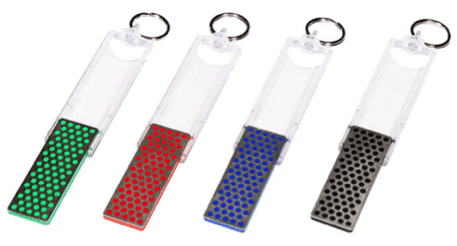
This gives you convenience and portability. However many are one sided and you have to choose the one best suited to your needs.
Field Fabricated: DIY Knife Sharpeners
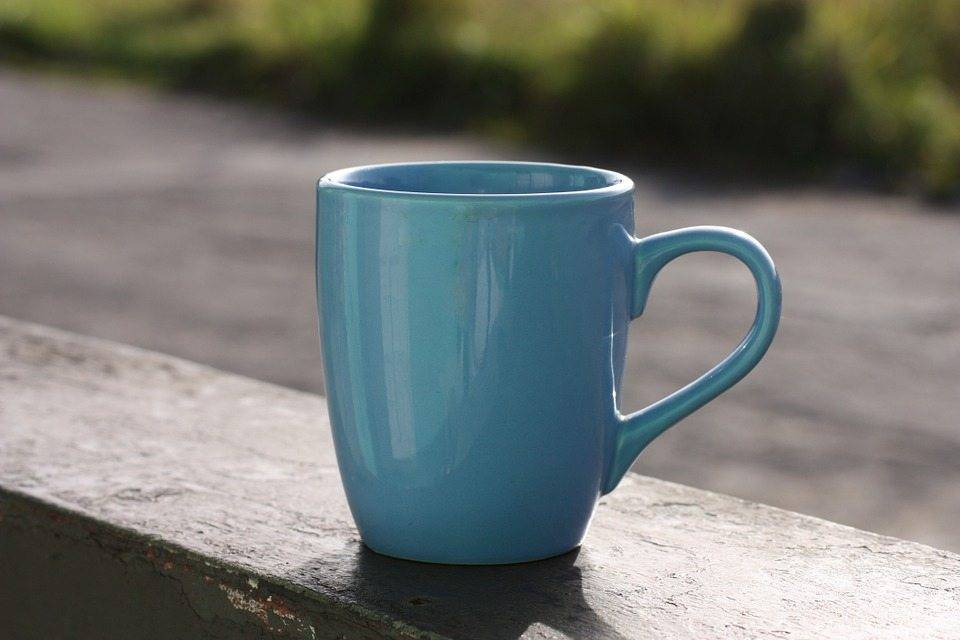
Many implements found in nature or the trash can be used to sharpen and maintain a knife. The bottom unglazed portion of a coffee mug (empty preferably) can be used to sharpen or maintain a knife just like a ceramic rod. It actually works quite well as long as the bottom unglazed ring is smooth and has no defects or sharp bits sticking out.
Alternatively you can use a good hard flat stone. Any quartz, sandstone, or other such hard flat rock will work. Look around next time you go out. You could even look at landscaping stones. I found a great flat piece of red sandstone about the size of an Altoids tin. I simply scraped it on the sidewalk several times until it was good and flat. It weighs about 6 ounces. It is a great back up sharpener.
Field Polishing: You Can Use Your Leather Belt
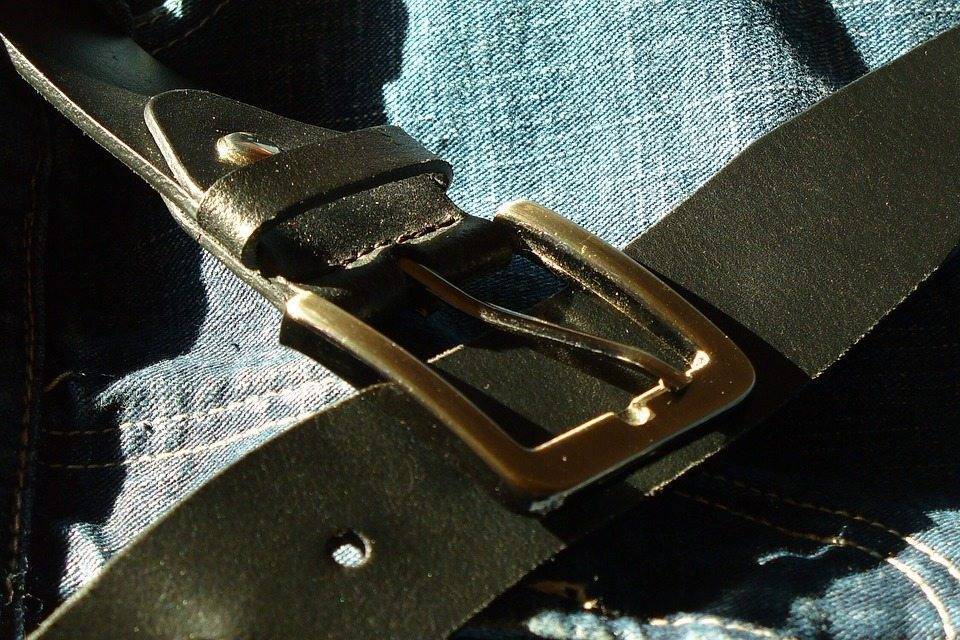
You can also polish your knives in the field. Do you wear a leather belt? I know I do. You can apply a small coin sized dollop of mud, preferably with some clay incorporated, to the belt and use it to strop your blades. You will want to clean off your belt afterwards otherwise you will get the dirt/mud on your clothes, most likely around the back side. You can also use cardboard as a strop due to the minor inclusions of dirt and debris it contains. They work well as a minor abrasive. Be prepared for this to take a while though.
Conclusion: Explore Your Options
As you can see, there are many options available to you for maintaining your blades in the field. The few I have listed are just some very common ones. There are others to be sure. Explore your options. Try different things. See what works for you.









